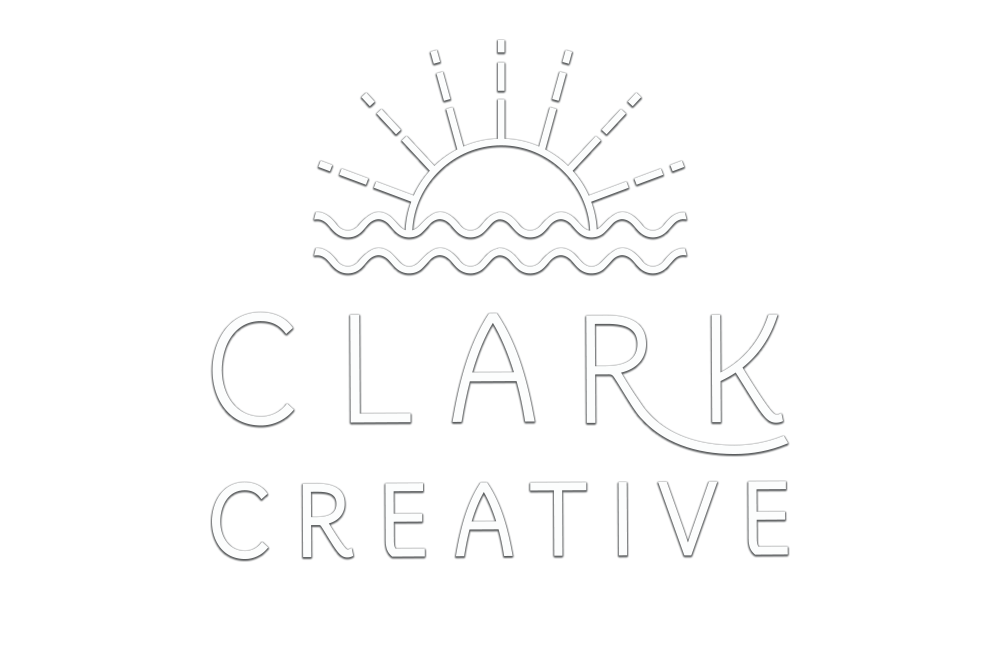How to tell your brand story
If you’re looking to make better connections with your audience, there’s no doubt that storytelling is a proven way to generate that all important emotional attachment. But how do you do it?
First up: what’s a brand story?
Your brand story is made up of a number of things but at its core is a cohesive, consistent and compelling narrative that is driven by your brand personality and purpose.
It’s not a sales pitch, it’s not a bunch of marketing messages… it’s the reason why you exist, why you do what you do, your greater purpose.
It’s all about where you’ve been, where you’re at now and where you’re going. And the crucial thing is to inspire people to want to be part of your story and come on the journey with you.
(that’s why knowing your audience’s wants, needs and motivations is crucial. One way to do that is to build buyer personas.)
Why does it matter?
Whatever product or service you’re providing, one thing is true of most markets: there’s usually a LOT of competition.
There are probably lots of other brands doing a similar thing to you, maybe with similar benefits, features and price points. So if someone has a bunch of similar products and services to choose from that all cost roughly the same amount, what’s going to make them choose you over everyone else? Your brand story.
Why?
Imagine this: you’re browsing online as you’re in the market for a new houseplant. You pop your keywords into Google and get hit with about 20 different sites all selling houseplants of various shapes and sizes. You open up three websites and take a look, they all look pretty similar and you can’t tell your ferns from your fuchsias. But then, suddenly, you stop scrolling because one of them has caught your attention with a stand-out headline and a bit more of a story on their homepage. You click through to their about section to find out they’re a small family start-up that share the same environmental passions as you do. They’ve got a whole host of influencers they’re working with that support their mission (which you whole heartedly agree with) and they’ve even gone into the background of where their plants come from. Each one has a story, a name, an identity. SOLD.
Like in this example, so often the difference between someone choosing you over your competitors will be your brand story. There’s plenty of science behind why storytelling gets us right in the feels too:
When we hear stories, our brain releases Oxytocin, the hormone responsible for empathy. So essentially, stories help us relate to one another.
Storytelling also triggers mirror neurons in the brain, which means we feel what people in the story are feeling and therefore are more compelled to create a connection with them.
So storytelling evokes emotion. And various research reveals that our decision making is largely based on our emotions. In other words, how we feel about a product or service. That’s why storytelling is a powerful way to not only increase brand loyalty but sales too.
How to tell your story
When you’re building your brand story keep it meaningful, relevant and authentic. Here’s how:
Define your brand identity
Dig deep into your values, your purpose and value proposition.
Understand your audience
To really drive that emotional connection you need to know your audience, what matters to them and how you can solve some of the problems they might be facing.
Know your messaging
What do you want to say and how does it relate to your audience?
Grab attention
You need a hook to draw your audience in – what is it that makes you different? Maybe it’s how you make your product, your process, your people.
Plan
To tell your story successfully you need a robust content strategy, which includes choosing the right platform and the right format. From blogs and white papers to videos and podcasts, there are so many ways you can communicate your story and having a plan in place will make sure it’s consistent and relevant to your audience.
Need help telling your story? Get in touch to find out how I can help.
